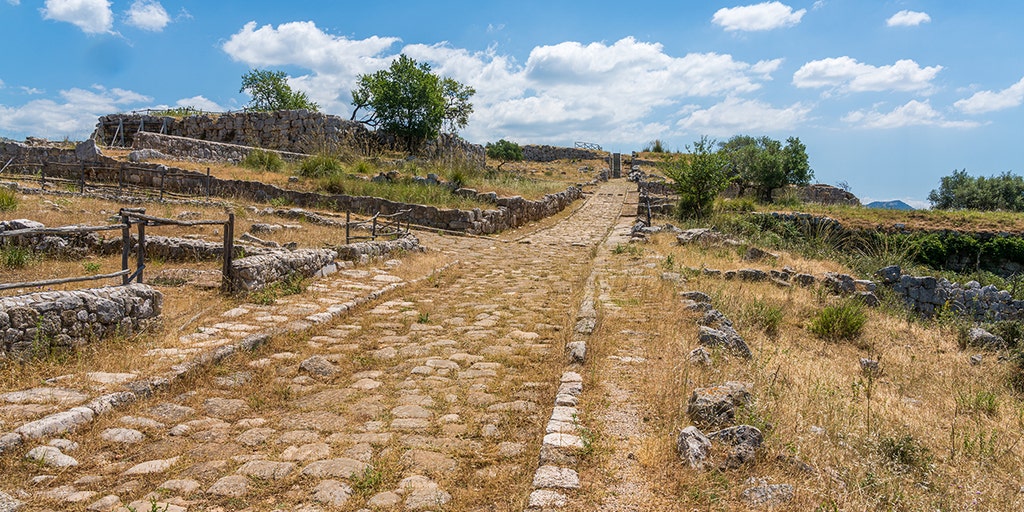Home / Science / Archaeologists Uncover 2,000-Year-Old Roman Settlement in Gloucestershire
Archaeologists Uncover 2,000-Year-Old Roman Settlement in Gloucestershire
10 Nov
Summary
- Amateur metal detectorist's discovery of Roman cavalry swords leads to unearthing of ancient settlement
- New digital atlas maps over 300,000 km of Roman roads, expanding known network by 100,000 km
- Researchers use satellite imagery and aerial photography to trace lost Roman roads

On November 10, 2025, archaeologists in Gloucestershire, England announced the discovery of a 2,000-year-old Roman settlement, uncovered after an amateur metal detectorist found Roman cavalry swords in the area. The excavation revealed the remains of a villa and other buildings, providing a rare glimpse into the ancient Roman presence in the region.
Separately, a team of researchers has published a groundbreaking digital atlas that maps nearly 300,000 kilometers (186,000 miles) of Roman roadways across Europe, North Africa, and the Middle East. This new atlas, called Itiner-e, expands the previously known network of Roman roads by over 100,000 kilometers, offering a more comprehensive understanding of the ancient empire's transportation infrastructure. The researchers used a combination of historical records, satellite imagery, and aerial photography to trace the routes of these long-lost roads.
These latest findings continue to shed light on the remarkable achievements of the Roman civilization, from their extensive road networks to the enduring settlements they established across their vast territories. The new digital atlas, in particular, is expected to reshape scholarship on topics ranging from imperial logistics to the spread of ancient outbreaks, providing a valuable resource for historians, archaeologists, and the public alike.




